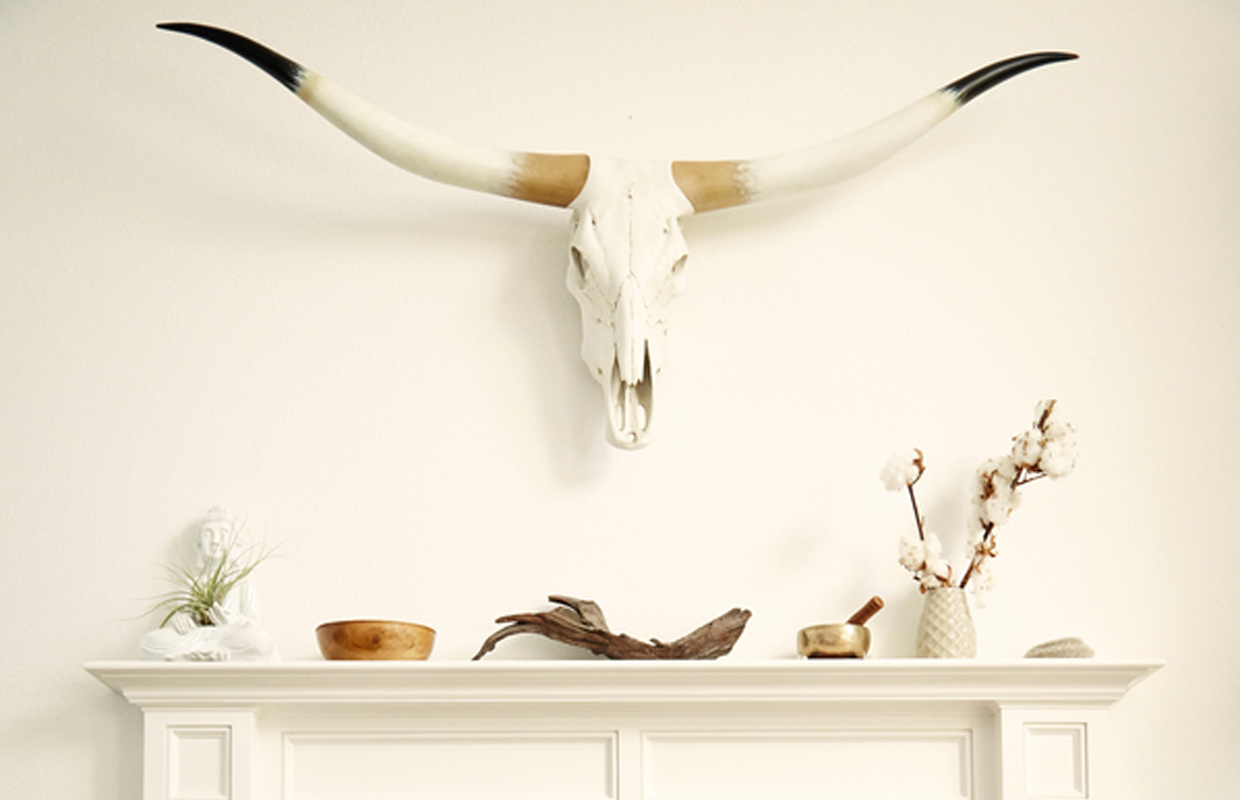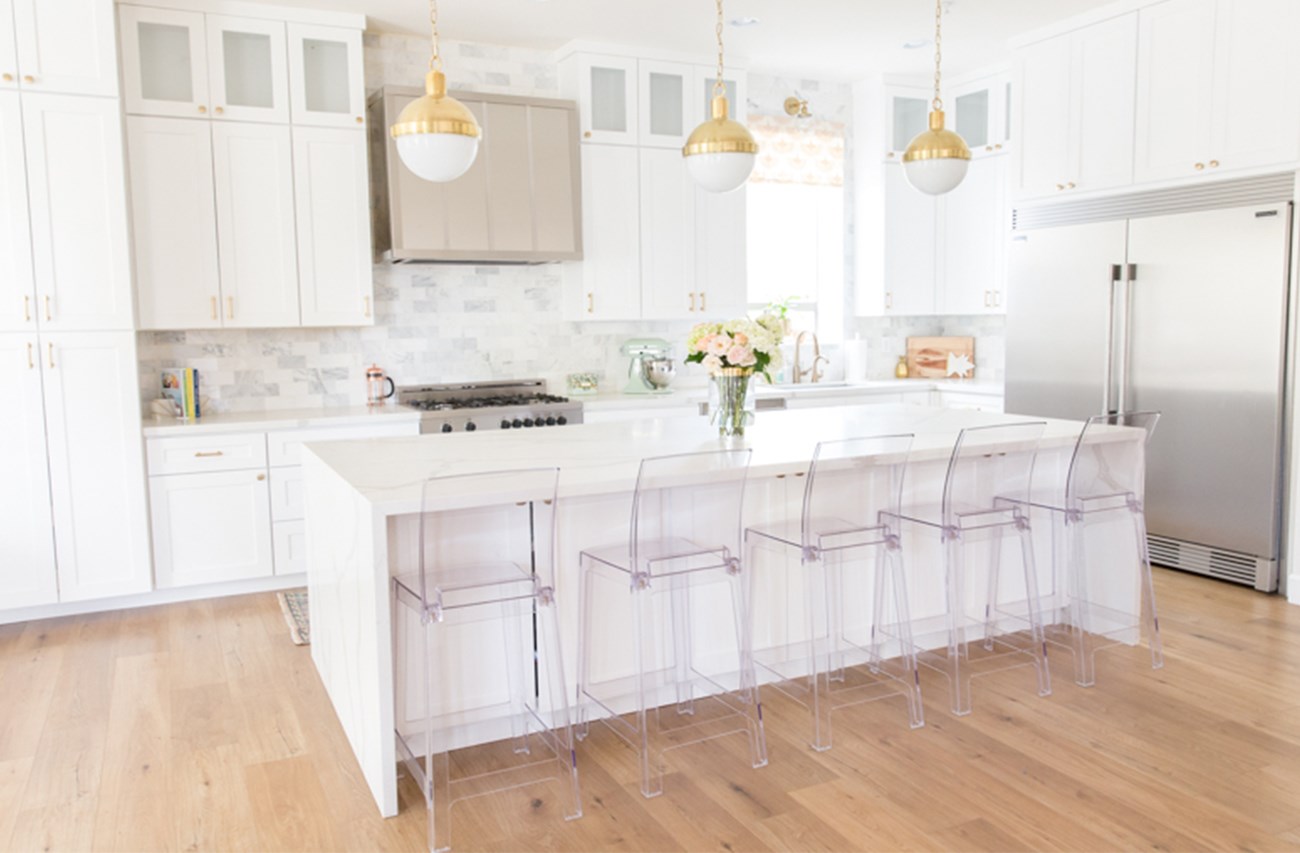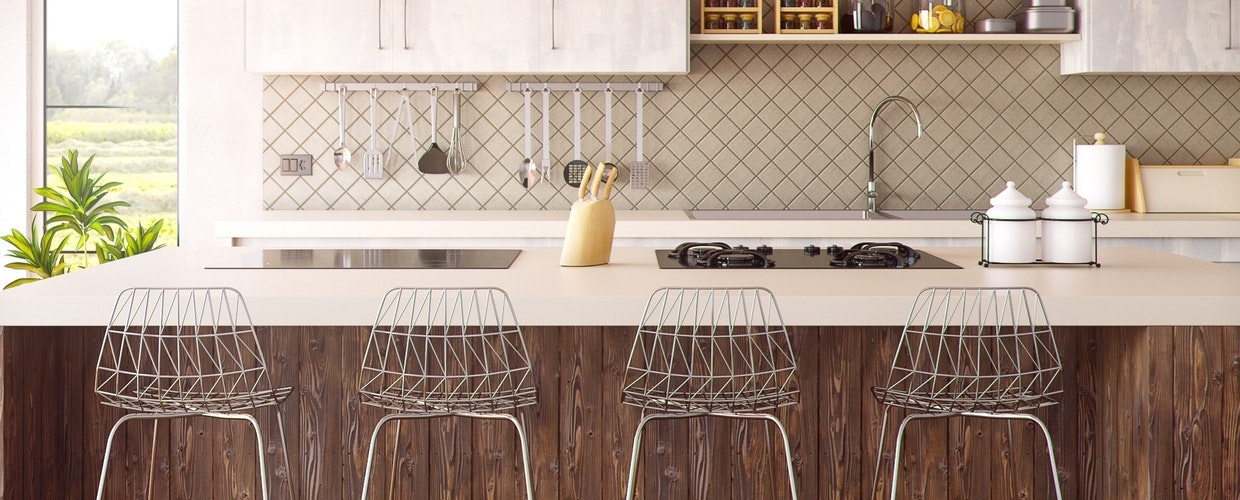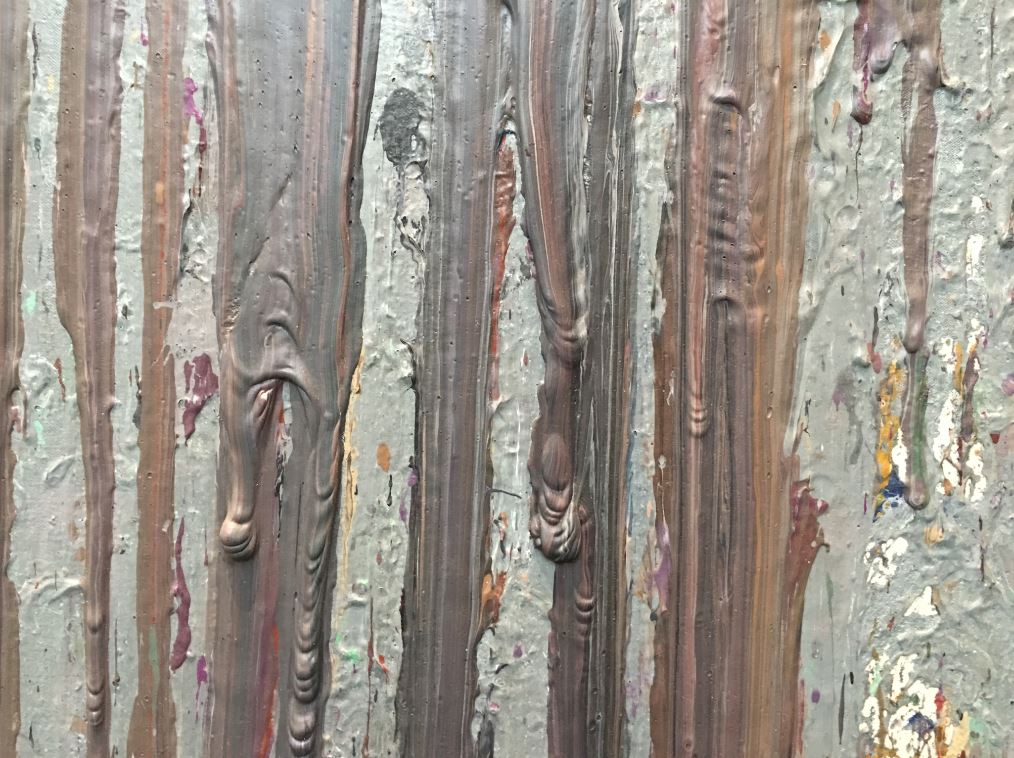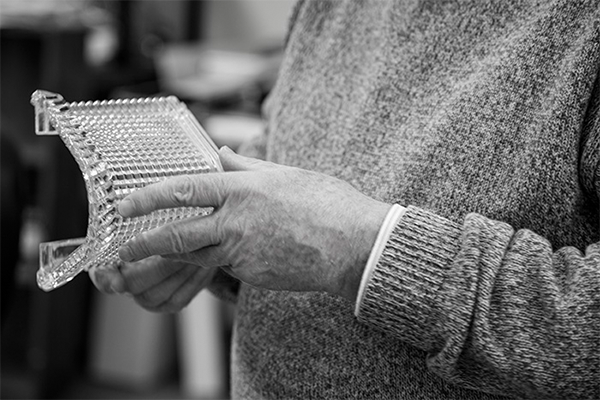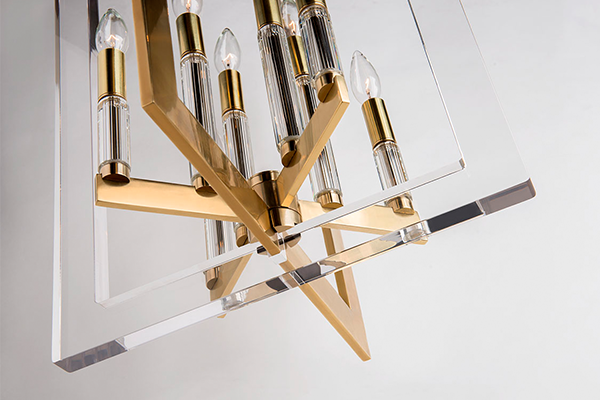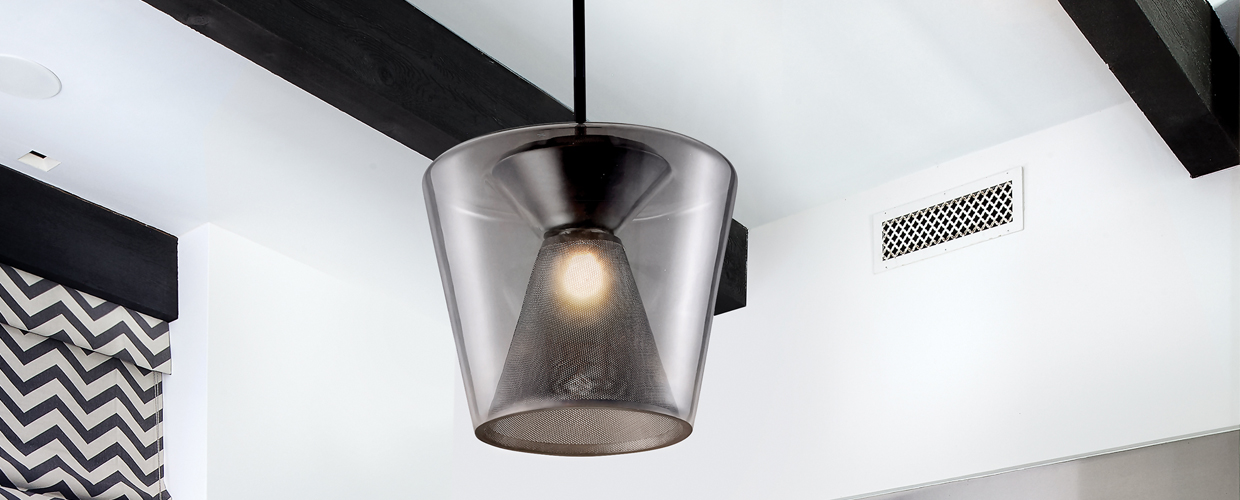Long carrying connotations of being the heart of a home, fireplaces go beyond just a visually captivating feature to the ideal place to be when cold weather and snow arrive, as they have here in the Hudson Valley. Fireplaces and their mantels propose fun and challenging design situations. Their place in a room or house, their size, their style, and their functionality all prompt questions about how much focus you want to give them and what to do with the space around them. Traditionally, they occupy a central place in the room they inhabit; however, sometimes fireplaces sit off to the side or in a corner and are only ornamental.
Fireplaces offer exciting choices about lighting. Built into a wall with plenty of space to either side, a fireplace can look great flanked by wall sconces. Set on a dimmer switch, you can choose the right amount of light to complement the fire’s glow, creating a perfect ambiance. Done right, well-placed sconces can draw your eye to architectural elements, such as the interesting texture of stone or brick often present in a fireplace, as well as enhance its aura as a place for intimate gathering. Here are some things to keep in mind:
- The light given off by the sconces should be about three times brighter than the surrounding area.
- Ideal placement is around sixty inches off the floor. In a high-ceiling room and placed above a mantel, you can go higher than that.
- Whether to place them above the mantel or off to the side depends on how much wall space you have around the fireplace and what you want to accentuate. The important thing is that they are symmetrically arranged and placed no less than twenty-eight inches apart.
- Spacing across a room for wall sconces is generally six-to-eight feet, so bear that in mind if placing to either side of the fireplace. Ideal spacing will of course depend on the size of your fireplace. Too close and they will crowd the eye; too far and they will feel adrift and awkward.
Hudson Valley Lighting Jefferson
Photo Credit: W. Killeen
Builder: Southern Point Construction @ Michael DeBaun
Lighting Designer: Jennifer Roemhild
Courtesy of Bright Light Design Center
Hudson Valley Lighting Selkirk
Courtesy of Solcorp Developments
In looking through pictures of fireplaces for this post's inspiration board on Pinterest, we came across several chandeliers. Hanging over a coffee table between couches or suspended above a dining table, a chandelier in close proximity to a fireplace can have a striking effect. The design details of a well-chosen chandelier can highlight aesthetic choices about the fireplace. For example, imagine you have two of the same object on the left half of the mantel and a propped piece of art on the right. Walking toward the fireplace, a pendant light fixture with a pointed finial can gently segment the right and left sides, guiding the eye into the artful asymmetry of your arrangement. The style of a chandelier can complement the style of fireplace you have or dictate the context in which it should be perceived. For example, by hanging our Chelsea chandelier high above this living room which features a generous flat-screen TV, a Mac workstation, a long black coffee table, jewel tones, and many seating options, Sara Ingrassia guided the viewer to perceive the simple black-and-white off-center fireplace as one of the room's many assets and a decidedly crisp and modern one at that.

Chimneys were invented in the 12th century. By the 18th century, the mantel, or chimneypiece, had become a central place to attempt impressive designs. Benjamin Franklin and Count Rumford, separately, made invaluable improvements to the engineering of fireplaces. Franklin increased heat while decreasing the amount of smoke produced by adding a "hollow baffle" to direct the heat and an "inverted siphon" to draw out fumes, both in the rear; his model is known as the "Franklin stove" "circulating stove," or "Pennsylvania fireplace." Rumford refined these principles, resulting in the basis of the modern fireplace.

Benjamin Franklin's Design for his "Pennsylvania Fire-place" or "Franklin Stove," the basis of the modern fireplace. 1744
Before the advent of gas and electric heating dispersed throughout a house, these improvements in efficacy allowed for the fireplace to become the focal point of a home. The mantel pieces became more ornate and baroque and people decided to adorn this space with meaningful and beautiful ornamentation. While fireplaces are now used more for enjoyment than necessity, this notion continues to inform our treatment of them as opportunities to express our personalities and passions, as well as impress visitors with our elegantly curated and displayed treasures. If a valued piece of art or some other prized possession is placed atop the mantel, appointing an accent lighting fixture to illuminate it becomes an important objective. In the 18th century, a family portrait was customarily hung above the mantel. Hanging a painting—it doesn't need to be a portrait—is a timeless, classic design idea. This is something you can do very traditionally or in a modern, cool way. Essential to either approach is employing a picture light so that the painting stays illuminated and visually arresting while a fire is going in the hearth. Picture lamps come in a variety of sizes to suit the length, height, and width of the wall hanging they are lighting. It is their purpose to call attention to the artwork and not to themselves, so they tend to be subdued and subtle in design. You can find one that generally fits in with the style of the other lighting fixtures in the room. If you don't find one perfectly in tune with the design of the other lights, consider getting it in the same finish.

Mark D. Sikes's Fireplace & Coffeetable
Via House Beautiful
The mantel is perhaps the most fun part of the entire design challenge. This place has a sober, dignified history of association, when one thinks of urns, honors, medals, marble busts, prized quarry, and portraits of predecessors. Lately, people have lightened it up. Glass jars with a few flowers, books chosen for their aesthetic value, layered framed prints and photographs, candlesticks, a vase, a clock, a mirror: any of these objects and others in interesting pairings, densely arranged or sparsely poised, minimalist to maximalist adorn this space. The mantel is your canvas. Clustering framed art and photographs that share common visual elements or contrast to provide a visually alluring tension is an especially cool and current trend which could work well above the fireplace. Just because objects placed above the mantel traditionally have meaning does not mean they need to continue to do so. The ampersand [&] is just a typographical feature signifying "and," yet it is becoming almost common to see one on a mantel. (Really. Google it. It's a thing.)
Employing lighting fixtures strategically around a fireplace adds a sense of unity and harmony to this important space in a home. Long, winter nights become memorable, entertaining friends or gathered together as a family. As a homeowner, it poses a series of challenges that are rewarding when handled with care and judiciousness. A non-working fireplace can become one of the most interesting places in the house for design ideas. One with a good fire raging quietly upon its hearth provides a wonderful repose when its mantel and environs are appointed with objects, art, and lighting that you can happily look at for hours. We'd love to see what you come up with! Drop us a link on our Pinterest or say hi at our Facebook page, Larger Than Light.
Stay warm!


